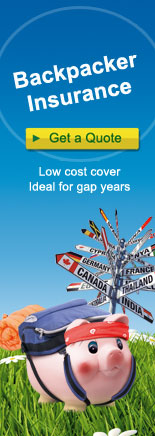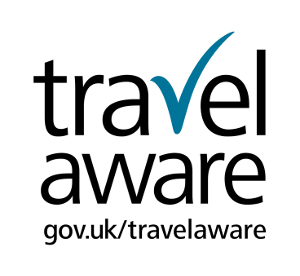Ski safety & what to do in the event of an accident on the slopes
Skiing is an extremely enjoyable activity for many people, but it can be a dangerous one, not only due to the ever-present risk of avalanche but also the dangers of injuring yourself in a fall.
Media coverage of high-profile skiing deaths and injuries -- most recently Michael Schumacher's life-threatening injury after striking his head on a rock while skiing in Meribel, France -- would seem to suggest that skiing is an exceptionally dangerous sport. However, the data does not back this up.
In fact, scuba diving is statistically seven times deadlier than skiing, with seven deaths per million dives compared to 1.06 per million skiing days, according a report in 2010.
But the fact remains that accidents do happen on the slopes and it's important to take care of yourself and your companions.
Ski helmets and safety equipment
The most basic precaution any skier or boarder can take is to protect their head by wearing a helmet. Schumacher was wearing a helmet, and his doctor said he would have died before he reached hospital had he not been wearing one.
Other safety equipment to consider includes padded clothing, spine protectors and wrist guards for snowboarders.
Ski within your limits and stay in control
A major reason for injury on the slopes is speed: you may not know how fast you're going but it could be very fast indeed, increasing your chances of injuring yourself or another skier if you do have an accident. The advice in a crowded resort is to slow down and watch out for people around you.
Also, be aware of snow conditions. If it's icy, it may be more dangerous if you fall, and low snow levels won't cover rocks and other objects that would otherwise be well below and out of skiers' paths.
Alcohol and skiing do not mix, unless you want to end up in the emergency ward. Leave the boozing to the après ski.
Try and get fit before your ski trip because it's an activity that requires a lot of energy and flexibility, and you'll be at it all day.
What to do in the event of an accident
In the event of an accident on the slopes mark the incident area by sticking crossed skies or an upright snowboard in the slope above the injured person. This will help the rescue service find you quickly and also warn fellow skiers and boarders to keep clear.
Alert the rescue service by phone, the number is usually printed in the piste map which you should carry with you at all times, or by getting someone to ski to the nearest lift station or emergency point.
Be prepared to give as precise report as possible on the location of the incident, including the piste name and the number on the nearest marker as well as a description of what has happened.
Carry your travel insurance details with you
Travel insurance with ski or winter sports cover is vital when you are skiing or snowboarding as it provides cover for emergency medical expenses as a result of an accident on the slopes, including mountain recovery to get you to a medical centre.
You may need to give details of your travel insurance to the rescue team so carry them with you at all times.
You will also need to notify the emergency 24/7 assistance company if you need medical treatment abroad
If you are hitting the slopes this winter, take care and have a good time.
 Digg
Digg
 Reddit
Reddit
 Facebook
Facebook
 Tweet This
Tweet This




